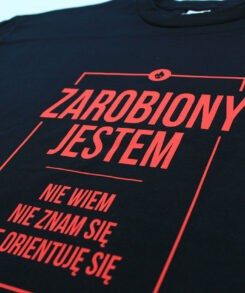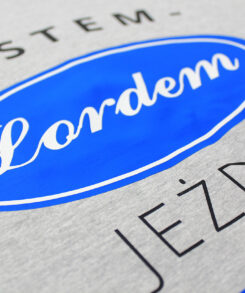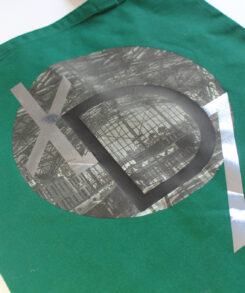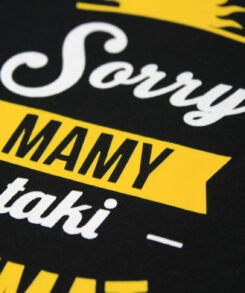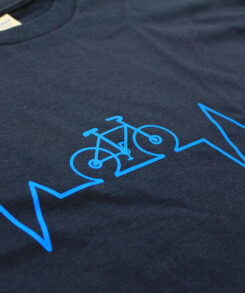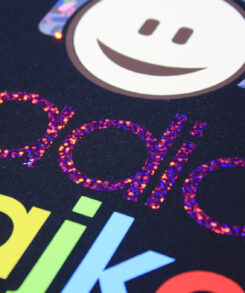Read more
Technology
Technology video
Example realizations:
Key Features
01 - Durability
02 - Usage
03 - Colours
04 - Special effects
05 - Maintenance
06 - Graphic files
07 - Effect
How to order?
- Send us ideas and designs for your printed garments – if you don’t have them we will design them for you.
- Include in your email all the information you have about the project: Include graphics or logos for imprinting.
- After receiving approval of the valuation, we will proceed with the visualization of the project.
- We will show you what your final garment will look like.
- If you confirm it we will start the production process.
- If you need you can get a photo of the first reprint for review.
- Your garment is now manufactured, complete and packed.
- We send it by courier to the indicated address. If you wish the shipment is anonymous.
- You can enjoy a unique and personalized clothing collection.
Proposed clothing:
Why should you work with us?
Flex and Flock printing
Both types of foils give users enormous possibilities. They have many advantages, although they also have some disadvantages. It is worth to know them before you decide to use one of them.
First of all, the universality of both foils should be emphasized. Thanks to them you can put patterns and inscriptions on almost every fabric. Prints applied to the material are very durable and resistant to both washing and ironing. Thanks to high flexibility of the foil, prints can be applied to both smooth and uneven fabrics.
Although both types of foil are used in a similar way, they differ significantly. At first glance, you can see the difference in the structure of the pattern that appears on the fabric. Flex foil gives a flat pattern and closely attaches to the material. Printing made with Flock foil is noticeably thicker and feels like fleece. The differences can be seen already at the stage of watching the foil itself. Flex is much thinner – its thickness varies from 50 to 170 microns. Flock film is several times thicker and reaches a thickness of up to 420 microns.
Flex and Flock foils
A feature that is sometimes considered a disadvantage of Flex and Flock printing is the limited possibility of making color prints. Most often, the patterns applied by using foil on clothing or textiles are one, two or three-colored. Very rarely there are patterns with more colors. If we care about a more colourful pattern, then screen printing may turn out to be a better solution.
A very important feature of Flex and Flock prints is their safety. Both types of foil meet the Oeko-Tex standards, which means that they are also suitable for decorating children’s and infant’s clothing.
If you decide to decorate clothing or textiles with Flex or Flock stickers, you should contact us, the company that offers such services. It is worth knowing, that the implementation of graphics or inscriptions in this technology is very easy and simple designs can also be made at home. An unquestionable advantage of Flex and Flock prints is also their price. It depends mainly on the size and complexity of the design. The price only slightly depends on the number of pieces made.





